AMD’s Mobile Revival: Redefining the Notebook Business with the Ryzen 9 4900HS (A Review)
by Dr. Ian Cutress on April 9, 2020 9:00 AM ESTRenoir: Latency, Caching, and Turbo
Chiplets vs Monolithic
To date, AMD has launched Desktop Ryzen 3000, Threadripper 3000, and EPYC 7002 (Rome) with Zen 2 cores. For all these products, it has placed its Zen 2 cores inside chiplets that connect to a central IO die, which then talks to other chiplets or the main system. In Ryzen 3000 Desktop, we have one or two chiplets paired with an IO die that can handle 24 PCIe 4.0 lanes and two memory channels. In Threadripper 3000, we have up to eight chiplets with an IO die that can handle 64 PCIe 4.0 lanes and four memory channels. In EPYC 7002 (Rome), we have up to eight chiplets with an IO die that can handle 128 PCIe 4.0 lanes and eight memory channels.
For Ryzen Mobile 4000, there are no chiplets – instead we have a traditional single die, which is referred to as a monolithic design. Both the chiplet design and monolithic designs have various benefits and weaknesses.
For the chiplet design, going that route for expensive processors actually helps with costs, yields, and frequency binning. This has also enabled AMD to launch these products earlier, with the end result being better per-core performance (through binning), taking advantage of different process nodes, and providing an overall chip with more die area than a single chip can provide.
The downside of this chiplet design is often internal connectivity. In a chiplet design you have to go ‘off-chip’ to get to anywhere else, which incurs a power and a latency deficit. Part of what AMD did for the chiplet designs is to minimize that, with AMD’s Infinity Fabric connecting all the parts together, with the goal of the IF to offer a low energy per bit transfer and still be quite fast. In order to get this to work on these processors, AMD had to rigidly link the internal fabric frequency to the memory frequency.
With a monolithic design, AMD doesn’t need to apply such rigid standards to maintain performance. In Ryzen Mobile 4000, the Infinity Fabric remains on the silicon, and can slow down / ramp up as needed, boosting performance, decreasing latency, or saving power. The other side is that the silicon itself is bigger, which might be worse for frequency binning or yield, and so AMD took extra steps to help keep the die size small. AMD was keen to point out in its Tech Day for Ryzen Mobile that it did a lot of work in Physical Design, as well as collaborating with TSMC who actually manufactures the designs, in order to find a good balance between die size, frequency, and efficiency.
The Renoir silicon is ~150 square millimeters. (AMD’s official number is 156 mm2, although some other measurements seem to suggest it is nearer 149 mm2.) In that design is eight Zen 2 cores, up to eight enhanced Vega compute units, 24 lanes of PCIe 3.0, and two DDR4-3200 memory channels. This is all built on TSMC’s 7nm manufacturing process (N7)
Latency
Each of the eight Zen 2 cores is split into a quad-core complex (CCX), which gives each set of four cores access to 4 MB of L3 cache, or a total of 8 MB across the chip. In a chiplet design, there are also eight cores per chiplet (two CCXes), but when one CCX needs to communicate to another, it has to go off chip to the central IO die and back again – inside the monolithic Renoir silicon, that request stays on silicon and has a latency/power benefit. We can see this in our core-to-core latency diagram.
With our 4900HS, we have a 7 nanosecond latency for multithreads pinging inside a core, 17-18 nanosecond latency for threads within a CCX, and a 61-69 nanosecond latency moving across each CCX.
For a Ryzen 9 3950X, with two chiplets, the diagram looks a bit different:
Here we see the same 7 nanoseconds for inside a core, 17-18 nanoseconds between cores in the same CCX, but now we have 81-89 nanoseconds between CCXes in the same chiplet, because we have to go off silicon to the IO die and back again. Then, if we want to go to a CCX on another chiplet, it can take 110-118 nanoseconds, because there’s another hop inside the IO die that needs to occur.
(AMD makes a thread leave the chiplet, even when it’s speaking to another CCX on the same chiplet, because that makes the control logic for the entire CPU a lot easier to handle. This may be improved in future generations, depending on how AMD controls the number of cores inside a chiplet.)
Going back to the Renoir CPU, we can compare this to the Intel Core i7-9750H in our Razer Blade machine:
For the Core i7, we see a similar 7 nanosecond latency for a hyperthread, but in order to access any of the other six cores, it takes 19-23 nanoseconds. This is a tiny bit longer than AMD inside a CCX, because the Intel methodology is a ring-based topology, but Intel has the benefit of it being uniform across the whole chip, enabling the performance to be more consistent as the CPU has an effective homogenous latency. Intel’s ring topology is core count dependent, so more cores means a larger ring and a longer latency, but the variability of the ring becomes bigger (and less power efficient) when the ring gets bigger – this is why we saw dual ring designs in high-core-count Xeon chips for pre-Skylake.
Caching
For Renoir, AMD decided to minimize the amount of L3 cache to 1 MB per core, compared to 4 MB per core on the desktop Ryzen variants and 4 MB per core for Threadripper and EPYC. The reduction in the size of the cache does three things: (a) makes the die smaller and easier to manufacture, (b) makes the die use less power when turned on, but (c) causes more cache misses and accesses to main memory, causing a slight performance per clock decrease.
With (c), normally doubling (2x) the size of the cache gives a square root of 2 decrease in cache misses. Therefore going down from 4 MB on the other designs to 1 MB on these designs should imply that there will be twice as many cache misses from L3, and thus twice as many memory accesses. However, because AMD uses a non-inclusive cache policy on the L3 that accepts L2 cache evictions only, there’s actually less scope here for performance loss. Where it might hurt performance most is actually in integrated graphics, however AMD says that as a whole the Zen2+Vega8 Renoir chip has a substantial uplift in performance compared to the Zen+Vega11 Picasso design that went into the Surface Laptop 3.
For our cache latency structure, we got the following results:
Our results show a worst case scenario with full random access latencies of
- 0.9 nanoseconds for L1 (4 clks) up to 32 KB,
- 3 nanoseconds for L2 (12-13 clks) up to 256 KB,
- 4-5 nanoseconds (18-19 clks) at 256-512 KB (Accesses starting to miss the L1 TLB here)
- 9.3 nanoseconds (39-40 clks) from 1 MB to 4 MB inside the rest of the CCX L3
- 65+ nanoseconds (278+ clks) from 6 MB+ moving into DRAM
It’s important to note that even though the chip has 8 MB of L3 total across the two CCX domains, each core can only access the L3 within its own CCX, and not the L3 of the other CCX domain. So while the chip is correct in saying there is 8 MB of L3 total, no core has access to all the L3. This applies to the desktop and enterprise chips as well (in case it wasn’t explicitly stated before).
Turbo Ramping
One of the key metrics of previous mobile designs is the ability for the core to jump from a low power state to a high power state very quickly, and then back down again. The faster you can do it, the better responsiveness for the user, but it also saves power by not keeping the high power state on for so long. It also helps that the processor ends up with a bunch of instructions to process, it can turbo up before they are finished, otherwise it wastes power doing the turbo for nothing.
For this test, we derive the frequency of a core at a microsecond level with instruction block throughput measurements while the CPU ramps up to its highest turbo state.
Here our Ryzen 9 4900 HS idles at 1.4 GHz, and within the request to go up to speed, it gets to 4.4 GHz (which is actually +100 MHz above specification) in 16 ms. At 16 ms to get from idle to full frequency, we’re looking at about a frame on a standard 60 Hz monitor, so responsiveness should be very good here.
We can compare this to the Core i7-9750H in the Razer Blade:
This processor idles a bit lower, at 1.1 GHz, and then gets to 4.2 GHz at around 39 milliseconds. The thing is though, this isn’t the top turbo frequency. Technically this CPU can get to 4.5 GHz, it even says so on the sticker on the laptop, however we see another small bump up to 4.3 GHz at around 83 milliseconds. So either way, it takes 2-4x longer to hit the high turbo for Intel’s 9th Gen (as setup by Razer in the Blade) than it does for AMD’s Ryzen 4000 (as setup by ASUS).


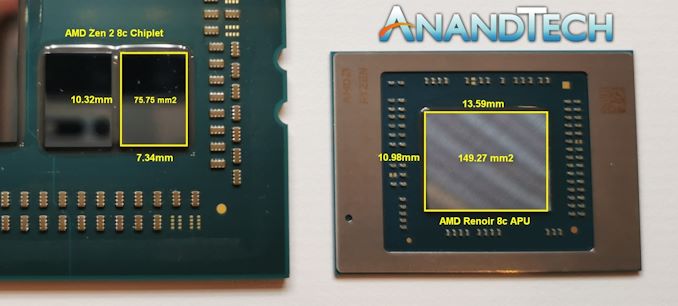
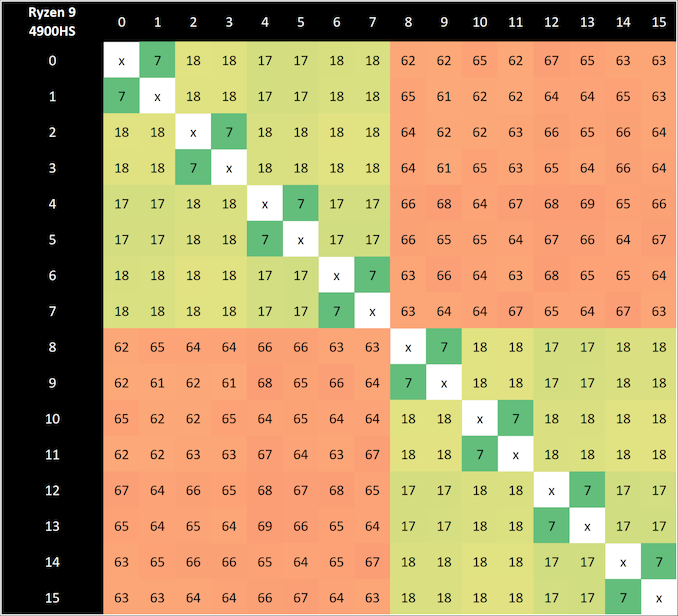
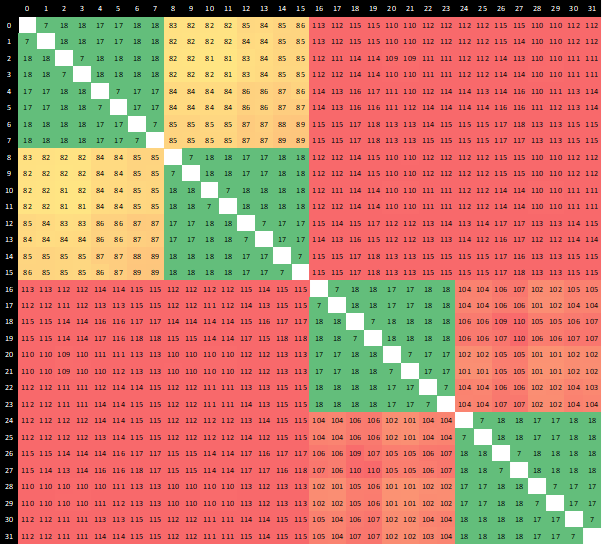
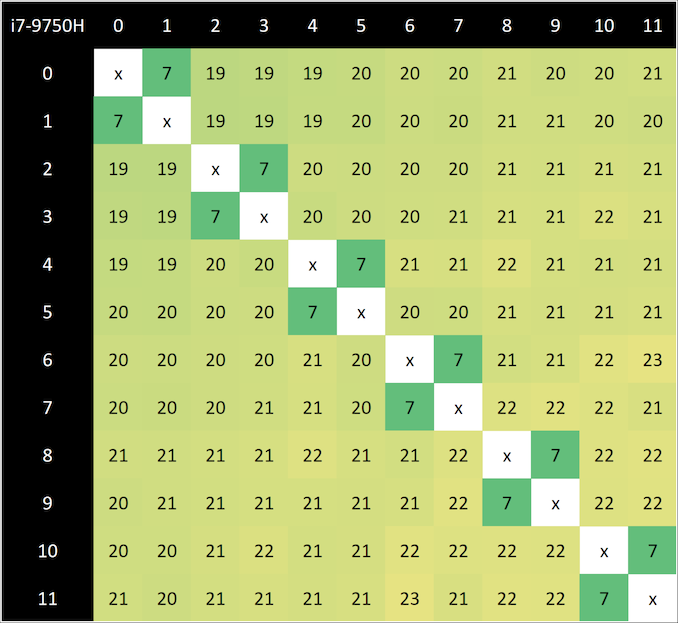
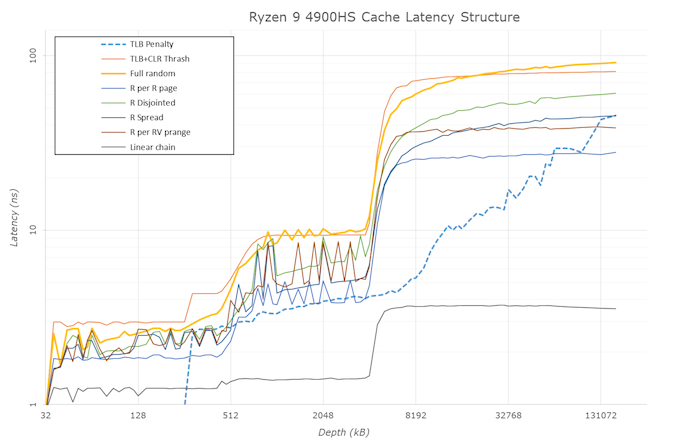
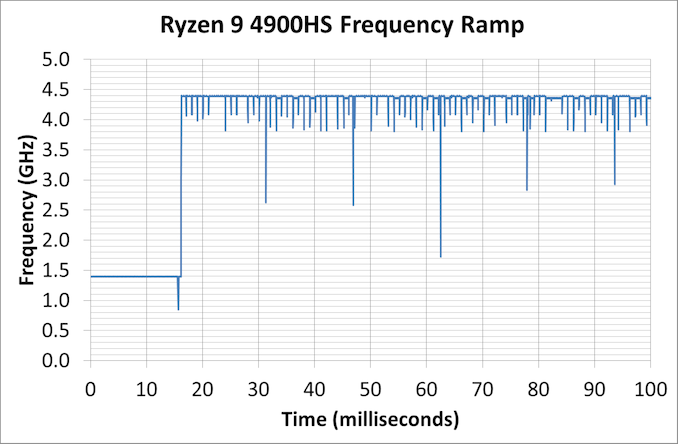
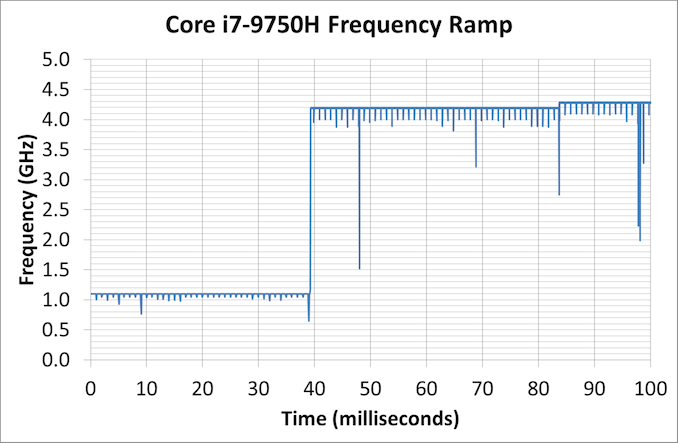








267 Comments
View All Comments
Qasar - Thursday, April 9, 2020 - link
peachncream i actually have opened the notebooks up after i have had them for a while, and just unplugged the ribbon cable, and then removed the tape i put over it :-)if the Armoury Crate option is enabled in the BIOS it will ask to install it." problem solved, just disable it in the bios. did you even read this part ? :-) :-) i bet the finger scanner could be disabled as well.... but you would probable stick with the ancient notebook you have any, so no difference :-)
PeachNCream - Thursday, April 9, 2020 - link
I did miss the part where the installer could be disabled. Thanks for catching that. As for disabling finger readers, that's a setting I don't really trust to work. A physical barrier is really the only sure way to keep yourself safe.In the end, you are right. I will likely use older hardware, however, as time moves forward that older hardware ends up being pretty useless so I get newer older hardware. Security holes like these tend to percolate down to the secondary market over time so I hope that integration of print scanners remains a niche, but I see falling costs and slow yet steady spread so it may one day be a problem for even information security professionals like us to avoid this sort of hole.
eastcoast_pete - Thursday, April 9, 2020 - link
I actually share your dislike for a built-in webcam that doesn't have a slider integrated in it. Unfortunately, that seems to be the last thing on the mind of many laptop designers. I would like a webcam in my laptop, as I often have to videoconference with clients, even when we're not under a "shelter in place" orderFataliity - Friday, April 10, 2020 - link
Just use a phone or buy a decent webcam for 20-50 bucks. The quality on built in laptop cameras is horrendous. literally anything is better.Kamen Rider Blade - Thursday, April 9, 2020 - link
Dr. Ian Cutress, your Inter-Core Latency table might have a few mistakes on it!!!!How is it that a 3900X can have consistent Latency when it crosses CCX/CCD boundries:
https://i.redd.it/mvo9nk2r94931.png
Yet your 3950X has Zen+ like latency when it crosses CCX/CCD boundaries?
Did you screw up your table when you copied & pasted?
mattkiss - Thursday, April 9, 2020 - link
For Zen 2 desktop CPUs, the CCD/IOD link for memory operations is 32B/cycle while reading and 16B/cycle for writing. I am curious what the values are for the Renoir architecure. Also, I would be interested in seeing an AIDA64 memory benchmark run for the review system for both DDR4 3200 and 2666.Khato - Thursday, April 9, 2020 - link
The investigation regarding the low web browsing battery life result on the Zephyrus G14 is quite interesting. One question though, was the following statement confirmed? "With the Razer Blade, it was clear that the system was forced into a 60 Hz only mode, the discrete GPU gets shut down, and power is saved."Few reasons for that question. The numbers and analysis in this article piqued my curiosity due to how close the Razer Blade and 120Hz Asus Zephyrus numbers were. Deriving average power use from those run times plus battery capacity arrives at 16.3W for the 120Hz Asus Zephyrus, 14W for the Razer Blade, and 6.1W for the 60Hz Asus Zephyrus. So roughly a 10W delta for increased refresh rate plus discrete graphics. Performing the same exercise on the recent Surface Laptop 3 review yields 6.1W for the R7 3780U variant and 4.5W for the i7 1065G7 variant. Note that the R7 3780U variant shows same average power consumption as the 60Hz Asus Zephyrus, while the Razer Blade is 9.5W/3x higher than the i7 1065G7 variant. It makes no sense for Intel efficiency to be that much worse... unless the discrete graphics is still at play.
The above conclusion matches up with the only laptop I have access to with discrete graphics, an HP zbook G6 with the Quadro RTX 3000. On battery with just normal web browser and office applications open the discrete graphics is still active with hwinfo reporting a constant 8W of power usage.
Fataliity - Friday, April 10, 2020 - link
That's partly because for a Zen2 core to ramp up to turbo, it uses much less power. Intel can hit their 35W budget from one core going up to 4.5-4.8Ghz. Ryzen can hit their 4.4 at about 12W. And it turbos faster too. So it uses less power, finishes the job quicker, is more responsive, etc.For an example, look at the new Galaxy S20 review on here with the 120hz screen. When its turned on it shaves off over 50% of its battery life.
Khato - Friday, April 10, 2020 - link
Those arguments could have some merit if the results were particular to the web browsing battery life tests. However, the exact same trend exists for both web browsing and video playback, and h.264 playback doesn't require a system to leave minimum CPU frequency. This is clear evidence that the difference in power consumption has nothing to do with compute efficiency of the CPU, but rather the platform.Regarding the comparison to the S20. Performing the same exercise of dividing battery Wh by hours of web browsing battery life run time for the S20 Ultra with Snapdragon 865 arrives at 1.37W at 60Hz and 1.7W at 120Hz. Even if you assumed multiplicative scaling that would only increase the 6.1W figure for the 60Hz Asus Zephyrus up to 7.6W... and it's not multiplicative scaling.
As far as I can tell from my own limited testing, Optimus simply isn't working like it should. It's frequently activating the discrete GPU on trivial windows workloads which could easily be handled by the integrated graphics. My guess is that this is the normal state for Intel based windows laptops with discrete NVIDIA graphics. Wouldn't necessarily affect AMD as driver setup is different, which is definitely a selling point for AMD unless Intel/NVIDIA take notice and fix their driver to match.
eastcoast_pete - Thursday, April 9, 2020 - link
Thanks Ian, glad I waited with my overdue laptop refresh! Yes, it'll be Intel outside this time, unless the i7 plus dGPU prices come down a lot; the Ryzen 4800/4900 are the price/performance champs in that segment for now.The one fly in the ointment is the omission of a webcam in the Zephyrus. I can (prefer) to do without the LED bling on the lid cover, but really need a webcam, especially right now with "shelter in place" due to Covid. However, I don't think ASUS designed the Zephyrus with someone like me in mind. Too bad, maybe another Ryzen 4800 laptop will fit the bill .